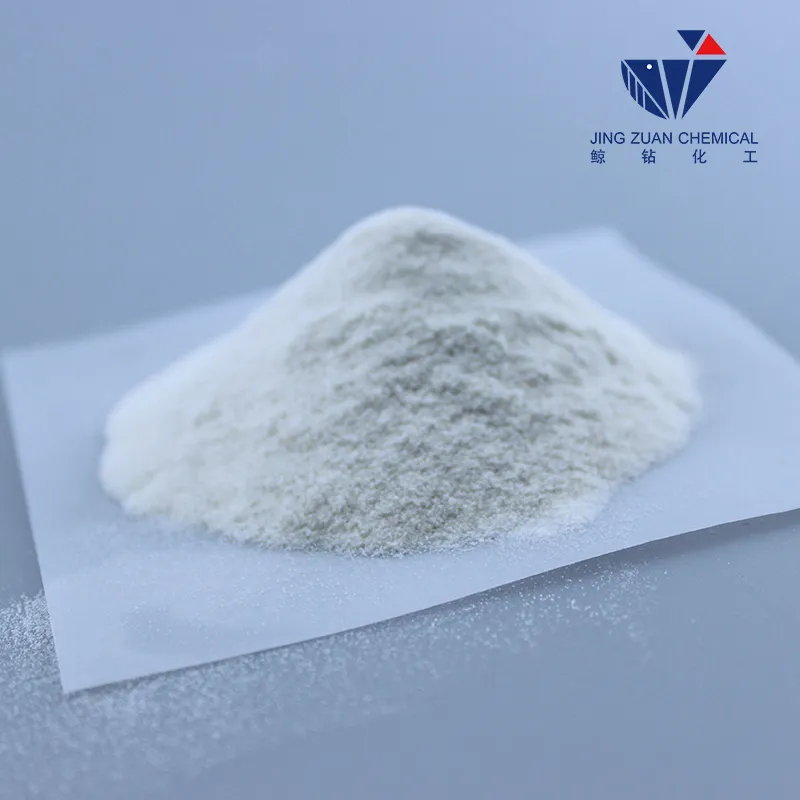
Sep . 05, 2024 03:30 Back to list
mhec-methhyl hydroxyethyl cellulose manufacturer
The Role and Importance of Methyl Hydroxyethyl Cellulose in Various Industries
Methyl Hydroxyethyl Cellulose (MHEC) is a cellulose ether that has gained prominence in various industrial applications due to its unique properties. As a water-soluble polymer, MHEC offers a range of functionalities that make it an essential component in numerous formulations, especially in the construction, personal care, and food industries. As a manufacturer of MHEC, understanding its properties, production processes, and applications is vital for meeting market demands.
Properties of Methyl Hydroxyethyl Cellulose
MHEC boasts several significant properties that contribute to its versatility. Its excellent water retention ability makes it ideal for use in construction materials such as mortars and plasters. Moreover, MHEC improves the workability of these materials by increasing their viscosity and providing smooth application. The thermal stability and chemical resistance of MHEC further enhance its usability in various environmental conditions, making it a reliable choice for manufacturers.
Production Process
The manufacturing process of MHEC involves the derivatization of cellulose, which is primarily sourced from wood pulp or cotton. The raw cellulose is first treated with etherifying agents to create methyl and hydroxyethyl groups. This modification alters the solubility and functionality of cellulose, resulting in MHEC. Quality control is crucial during this process to ensure that the final product meets industry standards and customer requirements. Manufacturers often invest in advanced technologies and processes to produce MHEC that not only aligns with regulatory compliance but also suits diverse applications.
mhec-methhyl hydroxyethyl cellulose manufacturer

Applications in Various Industries
1. Construction Industry In construction, MHEC is widely used as an additive in cement-based materials. Its water retention properties prevent the rapid evaporation of water, allowing for better curing and hydration of cement. This results in stronger and more durable structures. Additionally, MHEC improves the adhesion and workability of mortars and tile adhesives, making it easier for builders to achieve desired performance characteristics.
2. Personal Care Products In the personal care sector, MHEC serves as a thickening agent and stabilizer in products such as shampoos, lotions, and creams. Its ability to create a smooth texture and improve the spreadability of formulations is highly valued. Furthermore, MHEC is often used in gel-based products due to its gelling capabilities, enhancing the overall user experience.
3. Food Industry MHEC is also gaining traction in the food industry, where it acts as a thickener, emulsifier, and stabilizer in various food products. Its use helps achieve desirable textures and mouthfeel while maintaining product consistency over time. This utility makes MHEC a go-to ingredient for food manufacturers looking to improve their product formulations.
Conclusion
The role of Methyl Hydroxyethyl Cellulose in numerous industries cannot be overstated. As a manufacturer, it is essential to recognize the diverse applications and unique properties of MHEC. By leveraging advanced production techniques and adhering to stringent quality control measures, manufacturers can produce high-quality MHEC that meets the evolving needs of various sectors. As industries continue to innovate and strive for better products, MHEC will undoubtedly play a significant role in shaping the future of formulations across multiple fields.
-
Versatile Hpmc Uses in Different Industries
NewsJun.19,2025
-
Redispersible Powder's Role in Enhancing Durability of Construction Products
NewsJun.19,2025
-
Hydroxyethyl Cellulose Applications Driving Green Industrial Processes
NewsJun.19,2025
-
Exploring Different Redispersible Polymer Powder
NewsJun.19,2025
-
Choosing the Right Mortar Bonding Agent
NewsJun.19,2025
-
Applications and Significance of China Hpmc in Modern Industries
NewsJun.19,2025







